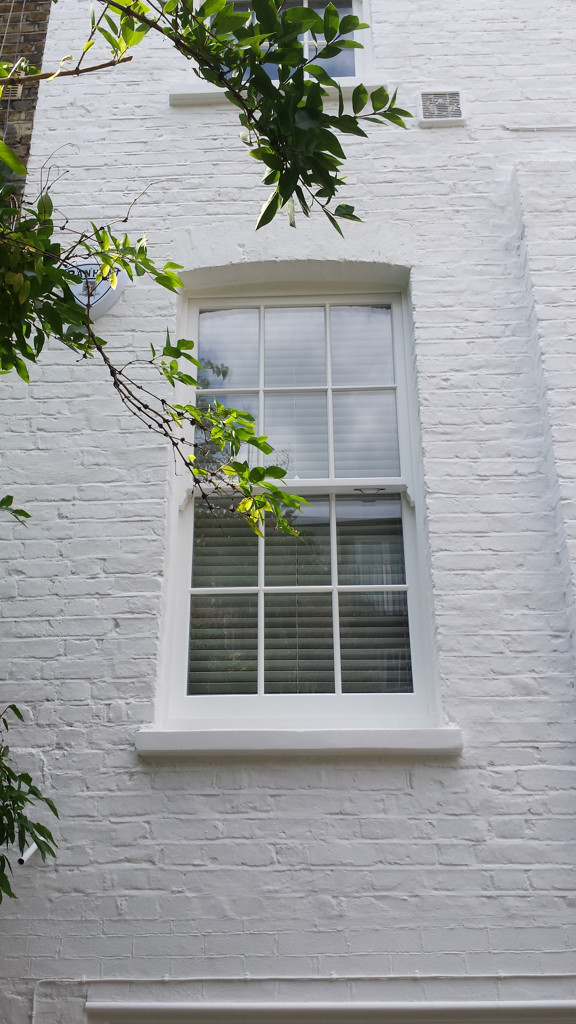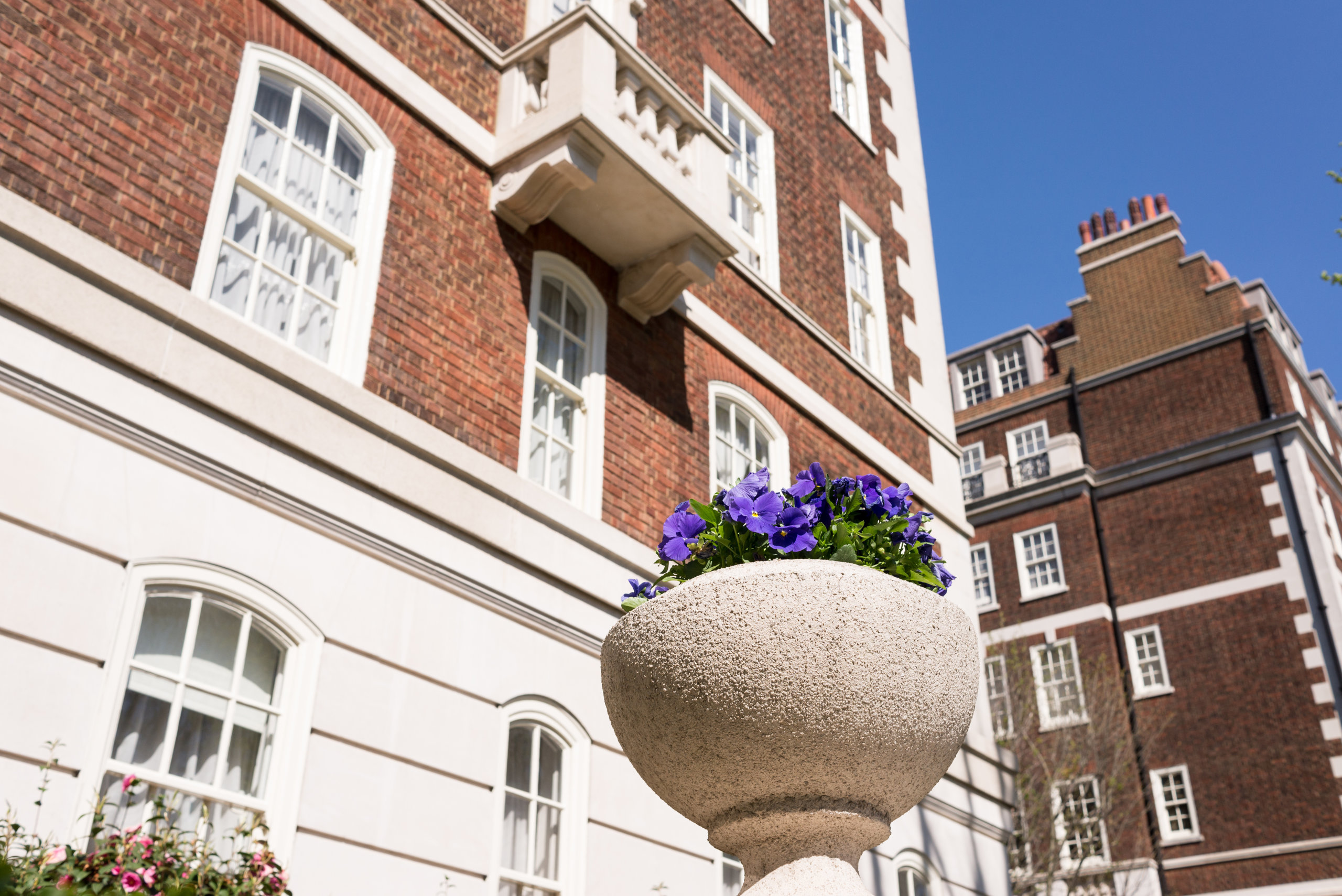A well-painted office can do wonders for a business in London. Here are the key benefits of professional office painting for London businesses, whether in the heart of the city or other areas.
While these days, limewash is primarily used for outdoor painting, it has a long tradition of being used for finishing both the outside and inside walls of historic buildings. It is still one of the most popular finishes, but it is also valued for its protective qualities. Considering such diverse uses of limewash paint, maybe it’s high time you’ve learned a thing or two about it?
What’s there to know about limewash paint
One of the most important aspects of limewash paint is its ability to breathe. That’s what makes it so attractive as a finish – it allows for the evaporation of moisture and water vapour. However, that’s not the only thing that makes it such a popular choice for the outdoor finish. As both the clients, the painters and the decorators in London know, the outside facades tend to be covered in small cracks. That’s a very common thing in London – especially considering we have plenty of historic or traditional architecture. What’s great about limewash paint is that it can be used to fill these small cracks!
How to apply limewash paint
Before you start painting with limewash, it’s important to prepare the surface. As with any other paint, your surface needs to be clean and free of any sort of grease. Additionally, make sure that the surface is porous, as that will enable the limewash paint to properly “stick” to it. It’s not uncommon to limewash a surface that was already limewashed in the past, to begin with – so our goal would be to reapply limewash. In that case, it’s important to brush down all of the old limewash. All loose parts need to be scrapped off. In case there is any mould, it has to be treated with fungicide and cleaned with water. Keep in mind that you shouldn’t use fungicide with silicone if you want to use limewash paint!

Once you’re done preparing the surface, it’s time to damp down the wall. It’s important to keep in mind that in the case of limewash, the surface that you want to paint can’t be dry – else the limewash may dry out too rapidly, which results in dusting. How to avoid it? That’s fairly simple – all you need to do is spray the surface with water. Do so in 3 square meter portions – that’s important because if you spray too much of your wall with water, it will dry out before you get to it. Do it in parts.
Applying limewash should be performed with the use of either a masonry paintbrush or a flat brush. Remember to stir your paint – both before, and regularly during painting. Apply limewash in thin coats.
One of the most frequent questions of our clients who attempt painting with limewash in London on their own is – how many coats of limewash should I apply? Be prepared for your limewashed surface to appear transparent the first time you apply the paint. That’s perfectly normal and you should not be too hasty about applying another coat, else you might hinder the drying process. Allow 24 hours between applying another coat. We suggest at least 4 total coats be applied.
Are there other colours of limewash than white?
While the most popular and frequent look of limewash is white, it doesn’t have to be so. There are coloured limewashes available on the market to suit your needs and taste. Also, you can buy special pigments – just keep in mind to measure them properly when mixing, to avoid different shades of your preferred colour for different coats of limewash you will perform. Additionally, remember that on porous surfaces, the colour of your limewash will deepen.
The longevity of limewash paint – how long does it last?
We advise renewing limewash paint regularly – once every two years should do. Of course, that’s mostly for outdoor limewash use, as if you use it indoors, it does not get affected by any harsh conditions, thus lasts for longer in a perfect case.
As you can see, applying limewash paint is not very complicated. However, if you’d rather leave it to professionals, we’re here to help you out. Ignas has years of experience in applying limewash paint in London, so reach out and we’ll make sure to handle your limewashing with utmost care and attention to detail.
Follow us
Blog
How to Spot When Your London Home Needs a Repaint
Repainting isn’t just about appearances. It plays a critical role in preserving your property. But how do you know when it’s time to refresh your walls? Here’s what to look for.
Why Choosing the Right Painter’s Tape is Essential
As any seasoned professional will tell you, a small mistake with the tape can lead to much bigger headaches in terms of time and money down the line.





